Home>Garden Essentials>When To Start An Indoor Garden
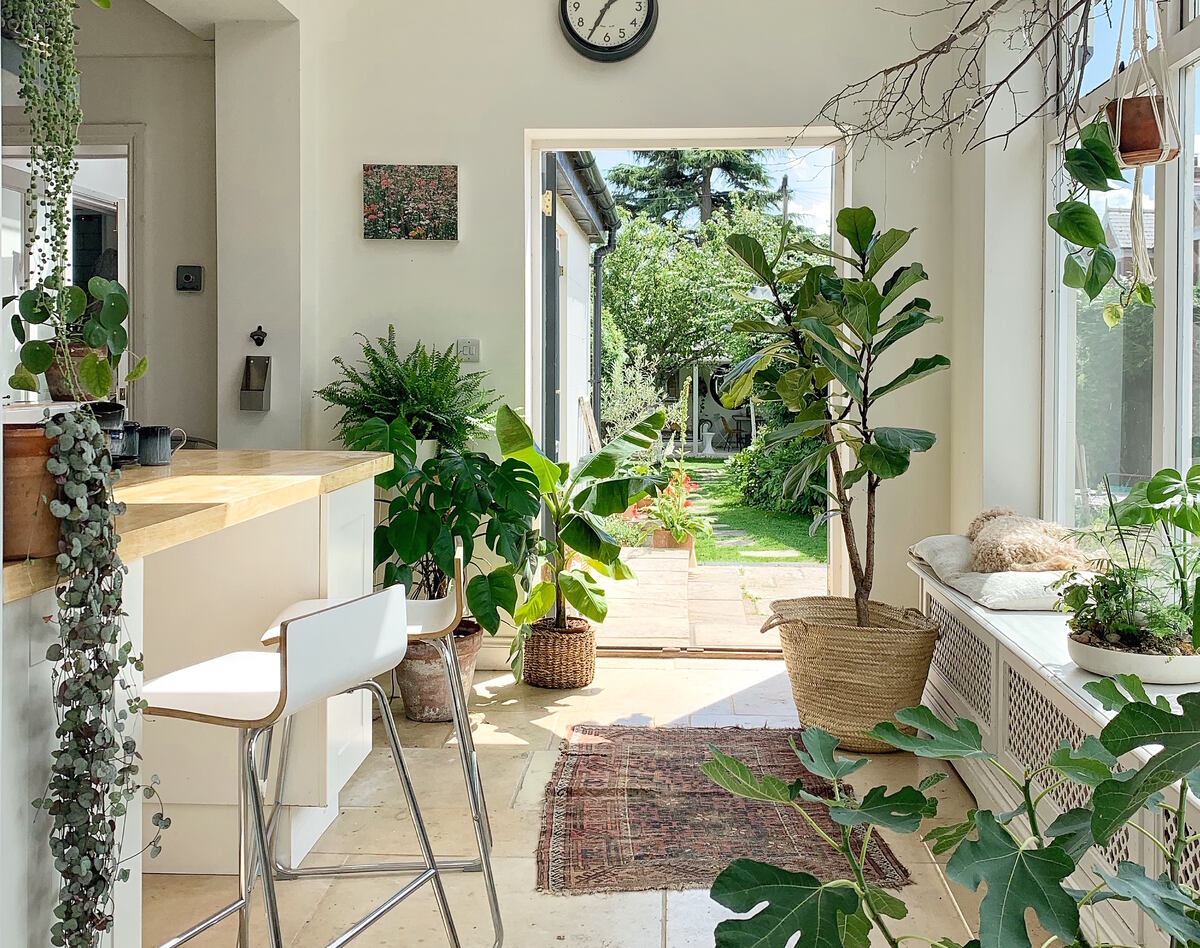

Garden Essentials
When To Start An Indoor Garden
Modified: January 19, 2024
Discover when is the best time to start your indoor garden with informative articles on techniques, plant selection, and essential tips.
(Many of the links in this article redirect to a specific reviewed product. Your purchase of these products through affiliate links helps to generate commission for Storables.com, at no extra cost. Learn more)
Introduction
Indoor gardening is a fascinating and rewarding hobby that allows you to bring the beauty and benefits of nature into the comfort of your own home. Whether you have a green thumb or are just starting out, cultivating an indoor garden can be a great way to enhance your living space while enjoying the joy of nurturing plants.
Not only does indoor gardening provide aesthetic value, but it also offers a multitude of benefits for your well-being. Research has shown that being in the presence of plants can improve air quality, reduce stress levels, boost mood, and increase productivity. With these advantages, it’s no wonder that indoor gardening has gained popularity in recent years.
However, before you embark on your indoor gardening journey, it is important to consider a few factors to ensure success. This article will guide you through the essential steps to start an indoor garden and provide you with valuable tips for maintaining healthy and thriving plants.
From selecting the right plants and containers to understanding their light, water, temperature, and humidity needs, we will cover everything you need to know to create an indoor oasis of lush greenery. So, let’s dive in and discover the ins and outs of indoor gardening!
Key Takeaways:
- Indoor gardening offers a multitude of benefits, including improved air quality, reduced stress levels, enhanced mood, and increased productivity. By carefully selecting the right plants and providing proper care, you can create a thriving oasis of greenery within your home.
- Understanding the specific needs of your indoor plants, including light, water, temperature, and humidity, is crucial for their overall health and growth. By maintaining regular care and addressing common issues, you can create a beautiful and fulfilling indoor garden.
Read more: How To Start An Indoor Garden
Benefits of Indoor Gardening
Indoor gardening offers a multitude of benefits that go beyond just the aesthetic appeal. Let’s explore some of the key advantages of cultivating an indoor garden:
- Improved Air Quality: Plants act as natural air purifiers, absorbing carbon dioxide and releasing oxygen. They can also remove toxins and pollutants from the air, such as formaldehyde and benzene, which are commonly found in household items.
- Reduced Stress Levels: The presence of indoor plants can have a calming effect on our mind and body. Studies have shown that being around greenery can help reduce stress, lower blood pressure, and promote relaxation.
- Mood Enhancement: Indoor gardening has been linked to improved mood and mental well-being. The act of nurturing and caring for plants can boost serotonin levels, the hormone responsible for happiness and well-being.
- Increased Productivity: Having plants in your indoor environment can enhance productivity and focus. Research has shown that workers in office spaces with plants tend to be more productive, creative, and experience less fatigue.
- Connection to Nature: Indoor gardening allows you to connect with nature, even if you live in a bustling city or have limited outdoor space. Surrounding yourself with greenery can provide a sense of tranquility and closeness to the natural world.
- Health Benefits: Being around plants may have positive effects on our physical health. They can help improve indoor air quality, reduce the risk of respiratory illnesses, and provide humidity to counteract dry indoor environments.
- Home Decor and Ambiance: Indoor plants can add a touch of elegance and style to any living space. They can be arranged to create aesthetic focal points, liven up dull corners, and create a soothing ambiance.
These are just a few of the many benefits that indoor gardening can offer. Whether you are looking to create a calm and rejuvenating atmosphere, improve your well-being, or simply enjoy the beauty of plants, cultivating an indoor garden is a wonderful way to enhance your living environment.
Factors to Consider before Starting an Indoor Garden
Before diving into the world of indoor gardening, it’s essential to consider a few factors to ensure success and maintain healthy plants. Here are some key aspects to keep in mind:
- Available Space: Assess the amount of space you have available for your indoor garden. Consider factors such as the size of the room, available surfaces like windowsills or shelves, and the overall layout of your home. This will help you determine the number and size of plants you can accommodate.
- Lighting Conditions: Understanding the lighting conditions in your home is crucial for selecting the right plants. Assess the natural light sources, such as windows, and the quality and intensity of light they provide. Additionally, consider supplementing with artificial lighting, especially if you have limited access to sunlight.
- Temperature and Humidity: Different plants have different temperature and humidity requirements. Evaluate the average temperature and humidity levels in your home, especially during different seasons. This will help you identify the plant species that will thrive in your indoor environment.
- Time Commitment: Indoor gardens require regular care and attention. Consider how much time you can dedicate to looking after your plants. Some plants may require daily watering, pruning, or fertilizing, while others may need less frequent maintenance. Choose plants that align with your available time and commitment.
- Plant Knowledge: Familiarize yourself with the specific needs of the plants you are interested in growing. Different plants have varying water, light, and temperature requirements. Research the characteristics and care instructions for each plant to understand how to provide them with the best possible growing conditions.
- Allergies and Pets: If you or your household members have allergies, certain plants may trigger allergic reactions. Additionally, some plants can be toxic to pets if ingested. Take these factors into account when selecting indoor plants, and opt for pet-friendly and hypoallergenic options if necessary.
- Budget: Consider your budget for starting and maintaining an indoor garden. Take into account the cost of plants, containers, potting mix, fertilizers, lighting equipment, and any other necessary supplies. It’s important to factor in these expenses to ensure that your indoor garden remains sustainable in the long run.
By considering these factors carefully, you can set a solid foundation for your indoor garden and choose the right plants that will thrive in your environment. Remember, each home is unique, and understanding your specific circumstances will help you create an indoor garden that brings joy and fulfillment.
Selecting the Right Indoor Plants
Choosing the right indoor plants is crucial for the success of your indoor garden. Here are some important factors to consider when selecting plants:
- Light Requirements: Different plants have different light requirements. Assess the available natural light in your home and select plants that will thrive in those conditions. Low light plants like pothos and snake plants are suitable for rooms with limited sunlight, while succulents and cacti prefer bright, direct light.
- Space and Size: Consider the size of your indoor space and choose plants that fit well without overcrowding. If you have limited space, opt for smaller varieties or plants that can be placed on shelves or hung from the ceiling. If you have more space, you can explore larger plants or create a statement piece with a tall and dramatic plant.
- Watering Needs: Assess your ability to provide regular watering to your plants. Some plants, like ferns and peace lilies, prefer consistent moisture, while others, like succulents and cacti, prefer a drier environment. Choose plants that align with your watering habits and lifestyle.
- Maintenance Level: Consider the level of maintenance you are willing to commit to. Some plants require more care, such as regular pruning, fertilizing, or repotting, while others are relatively low maintenance. If you are a beginner or have a busy schedule, choose plants that are more forgiving and require less attention.
- Allergies and Pets: If you or your household members have allergies, opt for plants with hypoallergenic properties. Plants like spider plants, Boston ferns, and bamboo palm are known to have air-purifying qualities, making them good choices for those sensitive to allergies. If you have pets, ensure that the plants you choose are not toxic to animals.
- Aesthetics: Consider your personal preference and the style of your home when selecting plants. Explore a variety of foliage colors and textures to create visual interest. You can also mix and match different plant types to create an attractive and diverse display.
Additionally, it’s always a good idea to consult with local nurseries or plant experts to gather information about suitable plants for your specific climate and environment. They can provide valuable insights and recommendations to help you make the best choices for your indoor garden.
Remember, selecting the right indoor plants is essential for their overall health and your gardening experience. By considering factors like light requirements, space availability, watering needs, maintenance level, allergies, and aesthetics, you can create a harmonious and thriving indoor garden that brings beauty and joy into your home.
Choosing the Right Containers and Potting Mix
When it comes to indoor gardening, selecting the right containers and potting mix is essential for the health and growth of your plants. Here are some factors to consider:
- Container Size: The size of the container is crucial for the proper growth of your plants. Choose containers with enough space to accommodate the root system and allow for future growth. Avoid containers that are too large, as excessive soil can retain too much water and lead to root rot.
- Drainage: Ensure that the containers you choose have adequate drainage holes. Good drainage is essential to prevent waterlogging, which can cause root rot. If your preferred container does not have drainage holes, you can create them using a drill or place a layer of pebbles at the bottom of the container to facilitate drainage.
- Material: Containers come in various materials, including plastic, terracotta, ceramic, and metal. Each material has its advantages and considerations. Plastic containers are lightweight and retain moisture, while terracotta provides better breathability but may require more frequent watering. Choose a material that suits your plant’s watering needs and aesthetic preferences.
- Potting Mix: The potting mix you use plays a vital role in providing the necessary nutrients and support for your plants. Opt for a high-quality potting mix specifically formulated for indoor plants. It should be well-draining, provide good aeration, and have a balanced nutrient composition. Avoid using garden soil, as it can be too heavy and may not provide the adequate drainage needed for indoor plants.
- Additional Amendments: Depending on the specific needs of your plants, you may need to add amendments to the potting mix. For example, adding perlite or vermiculite can enhance drainage, while incorporating organic matter like compost or worm castings can improve nutrient content. Research the specific requirements of your plants to determine if any additional amendments are necessary.
- Repotting: As your plants grow, they may outgrow their current containers. Keep an eye on the root development and periodically check if repotting is needed. When repotting, choose a container that is one size larger and refresh the potting mix to provide fresh nutrients and optimal growing conditions.
Remember to water your plants thoroughly after repotting to help them adjust to their new containers.
By choosing the right containers and potting mix, you provide your indoor plants with proper support, drainage, and nutrients. This creates a healthy growing environment and sets the stage for thriving plants in your indoor garden.
Read more: When To Start Seeds Indoors
Providing Adequate Light for Indoor Plants
Light is one of the most crucial factors for the growth and overall health of indoor plants. Proper understanding and provision of adequate light can make a significant difference in the success of your indoor garden. Here are some important considerations:
- Natural Light: Assess the available natural light in your home. Observe the intensity, duration, and quality of sunlight that reaches different areas. South-facing windows generally receive the most direct sunlight, while north-facing windows receive indirect light. East and west-facing windows provide moderate and filtered light. Based on the available natural light, choose appropriate plants that can thrive in those conditions.
- Light Duration: Different plants have different light duration requirements. Some plants thrive with direct sunlight for several hours, while others prefer bright but indirect light. Determine the specific light duration preferences for the plants you have chosen and place them in suitable locations that align with their needs.
- Supplemental Lighting: If your home has limited natural light or you are unable to provide sufficient sunlight to your plants, consider using supplemental lighting. LED grow lights are a popular choice as they provide the necessary spectrum of light for plant growth. Position the lights at the appropriate distance from the plants to ensure they receive adequate light intensity without causing heat or burning.
- Light Intensity: Light intensity is crucial for photosynthesis and healthy plant growth. Different plants have varying light intensity requirements. Some plants, like succulents and cacti, prefer high-intensity light, while others, like ferns and snake plants, can tolerate lower light conditions. Monitor the light levels in your home and choose plants that match the available light intensity.
- Light Distance: If you are using supplemental lighting, ensure that the lights are positioned at the appropriate distance from the plants. If the lights are too close, they can heat up the plants or create light burn. If they are too far, the plants may not receive enough light. Follow the guidelines provided with your grow lights or consult the manufacturer for the recommended distance.
- Tuning Light Exposure: Rotate your plants regularly to ensure all sides receive equal light exposure. This prevents uneven growth and helps the plants maintain a balanced shape. Additionally, if your plants are situated near windows, periodically adjust their positions to account for seasonal changes in the sun’s angle and intensity.
Monitoring and optimizing the light conditions for your indoor plants is essential to their overall health and growth. By providing adequate natural light, incorporating supplemental lighting when necessary, and ensuring appropriate light intensity and duration, you can create an optimal environment for your plants to flourish.
Start your indoor garden when you have a consistent temperature of 65-75°F (18-24°C) and at least 6-8 hours of sunlight or access to grow lights. This will provide the ideal conditions for most plants to thrive.
Understanding the Watering Needs of Indoor Gardens
Proper watering is essential for the health and vitality of your indoor plants. Understanding the specific watering needs of your plants is crucial to prevent overwatering or underwatering. Here are some key considerations:
- Plant-Specific Requirements: Different plants have different watering needs. Some plants prefer to stay consistently moist, while others prefer to dry out slightly between waterings. Research the specific requirements of each plant in your indoor garden to determine their individual watering needs.
- Soil Moisture: The best way to determine if your plants need water is to check the moisture level of the soil. Stick your finger about an inch into the soil to feel for moisture. If it feels dry, it’s time to water. If it feels moist, wait a bit longer. Avoid letting the soil completely dry out or become waterlogged.
- Watering Frequency: The frequency of watering depends on various factors, including the type of plant, the size of the container, the environmental conditions, and the season. As a general guideline, water indoor plants when the top inch of the soil feels dry. It’s important to note that some plants may require more frequent watering during the warmer months or when placed in sunny locations.
- Watering Techniques: When watering, make sure to water the soil evenly and thoroughly. Water until you see it coming out of the drainage holes, ensuring that the entire root system receives moisture. Avoid watering the leaves, as this can lead to waterborne diseases or fungal issues. Use a watering can or a gentle stream of water to prevent soil erosion or damage to delicate plants.
- Water Quality: The quality of water you use can affect your plants. Tap water may contain chlorine or other chemicals that can be harmful to plants. Consider using filtered or dechlorinated water, or allow tap water to sit out overnight to allow chlorine to dissipate. Additionally, certain plants may have specific water requirements. For example, some plants, like orchids, benefit from rainwater or distilled water.
- Humidity Considerations: Indoor environments can often have low humidity levels, especially during winter months when heating is used. Some plants, such as ferns and tropical plants, thrive in higher humidity. Consider using a humidifier or placing a tray of water near your plants to increase humidity levels and provide a more suitable environment.
Remember, proper watering is about finding the right balance for each plant. Overwatering can lead to root rot and other issues, while underwatering can cause dehydration and stunted growth. By understanding the specific watering needs of your indoor plants and regularly monitoring the moisture levels in the soil, you can ensure optimal hydration for a thriving indoor garden.
Temperature and Humidity Requirements for Indoor Gardens
Temperature and humidity play a crucial role in the overall health and growth of indoor plants. Understanding and providing the right conditions will help your plants thrive. Here’s what you need to know:
- Temperature Range: Different plants have different temperature preferences. Most common houseplants thrive in temperatures between 60-75°F (15-24°C). However, it’s important to research the specific temperature range for the plants in your indoor garden, as some may require cooler or warmer conditions.
- Avoid Drastic Temperature Fluctuations: Plants prefer consistent temperatures and can be sensitive to rapid shifts. Avoid placing them near drafts, open windows, or heat sources like radiators, as these can cause temperature fluctuations that stress the plants. Maintain a stable and comfortable temperature within the recommended range for your plants.
- Winter Considerations: During the winter months, indoor environments tend to be drier because of artificial heating. This can impact plant health, causing low humidity and dry conditions. Consider increasing humidity levels by using a humidifier, grouping plants together to create a microclimate, or misting them with water. Avoid placing plants near heating vents or radiators.
- Humidity Requirements: While some indoor plants can tolerate average humidity levels, there are plants that have higher humidity requirements. Tropical plants and ferns generally prefer higher humidity levels. To meet their needs, consider using a humidifier, placing a tray of water near the plants, or using a pebble tray. This can increase the humidity around the plants and create a more suitable environment.
- Balancing Temperature and Humidity: Finding a balance between temperature and humidity is important for plant health. Some plants may experience issues such as stress, leaf curling, or even pests if the temperature and humidity levels are not suitable. Experiment and observe how your plants respond to different temperature and humidity conditions to find the optimal balance for each plant.
- Monitoring Tools: Consider using a thermometer and a hygrometer to monitor the temperature and humidity levels in your indoor garden. This will help you identify any fluctuations or imbalances and make adjustments as needed. There are digital devices available that provide accurate readings, allowing you to maintain optimal conditions for your plants.
By providing the appropriate temperature and humidity levels for your indoor plants, you create an environment that mimics their natural habitat. This promotes healthy growth, prevents stress, and enhances the overall well-being of your plants in your indoor garden.
Indoor Garden Maintenance and Care Tips
Maintaining and caring for your indoor garden is crucial for the long-term health and success of your plants. Here are some essential tips to keep in mind:
- Watering: Water your plants based on their specific needs. Check the moisture level of the soil regularly and water when it feels dry. Avoid overwatering, as it can lead to root rot. Use room temperature water and ensure thorough, even watering, allowing for proper drainage.
- Pruning and Trimming: Regularly inspect your plants for any dead or yellowing leaves, diseased parts, or overcrowded growth. Prune and trim as needed to maintain the shape, health, and appearance of your indoor plants. Use clean and sharp pruning tools to avoid spreading diseases.
- Fertilizing: Indoor plants benefit from regular fertilization to replenish nutrients. Use a balanced liquid fertilizer or slow-release pellets formulated for indoor plants. Follow the manufacturer’s instructions regarding frequency and dosage. Be cautious not to over-fertilize, as it can lead to nutrient burn and damage the plants.
- Cleaning: Dust can accumulate on the leaves of indoor plants, hindering their ability to photosynthesize. Wipe the leaves gently with a soft, damp cloth or mist them with water to remove dust and improve their appearance. Avoid using chemicals or cleaning products, as they can harm the plants.
- Pest Control: Keep an eye out for common pests like aphids, spider mites, and fungus gnats. Regularly inspect your plants for signs of infestation, such as yellow or distorted leaves, sticky residue, or webbing. Treat any infestations promptly using organic pest control methods or appropriate insecticidal sprays, following the instructions carefully.
- Rotating Plants: Rotate your plants regularly to ensure even growth and prevent them from leaning towards the light source. This helps maintain balanced development and prevents one side from receiving too much or too little light. Rotate your plants every few weeks for best results.
- Monitoring and Adjusting: Observe your plants regularly for any signs of stress, disease, or nutrient deficiencies. Adjust their care routine accordingly. Monitor their growth, overall health, and respond to their specific needs to maximize their potential.
- Research and Learning: Expand your knowledge by researching and understanding the specific care requirements of your indoor plants. Learn about their characteristics, growth habits, and ideal conditions. Join gardening forums or groups to exchange tips and experiences with other indoor gardeners.
Each plant is unique, and its maintenance needs may vary. By dedicating time and attention to your indoor garden, you can create an environment where your plants thrive and bring joy and beauty to your home.
Read more: How To Start A Indoor Garden
Common Issues and Troubleshooting for Indoor Gardens
While indoor gardening can be a rewarding experience, it’s not uncommon to encounter challenges along the way. Here are some common issues that indoor gardeners face and tips for troubleshooting:
- Yellowing Leaves: Yellow leaves can indicate various problems, such as overwatering, underwatering, nutrient deficiencies, or pest infestations. Assess the watering habits, adjust as needed, and ensure proper drainage. Consider fertilizing with a balanced fertilizer. If pests are present, treat them with appropriate measures.
- Wilting: Wilting can be a sign of underwatering, overwatering, or root damage. Check the moisture level of the soil and adjust watering accordingly. If the roots are damaged, carefully remove the damaged parts and repot the plant in fresh soil.
- Leaf Browning or Crisping: Browning or crisping of leaves can be caused by low humidity, too much direct sunlight, or lack of water. Increase humidity levels by using a humidifier or placing the plant on a tray of water and misting the leaves. Move the plant away from direct sunlight if it is getting too much exposure. Ensure proper watering practices.
- Leggy Growth: Leggy growth is characterized by long, weak stems and sparse foliage. It occurs when plants don’t receive enough light. Move the plant to a brighter location or consider using supplemental grow lights to promote compact and healthier growth.
- Pest Infestations: Common indoor garden pests include aphids, spider mites, mealybugs, and fungus gnats. Treat infestations with organic pest control methods, such as neem oil or insecticidal soap. Inspect new plants before bringing them indoors and isolate them to prevent the spread of pests.
- Mold or Fungal Growth: Excessive moisture or poor air circulation can lead to mold or fungal growth in indoor gardens. Ensure adequate drainage and avoid overwatering. Increase air circulation by using fans or opening windows periodically. If mold appears on the soil surface, gently scrape it away and allow the soil to dry before watering again.
- Stunted Growth: Stunted growth can result from various factors, including inadequate light, poor nutrition, or root-bound plants. Assess the lighting conditions and adjust as needed. Check the fertilization routine and ensure that the plants are receiving all necessary nutrients. If the plant is root-bound, consider repotting in a larger container.
- Leaf Drop: Leaf drop can occur due to stress, inadequate light, overwatering, or extreme temperature fluctuations. Assess the conditions in which the plant is kept and make appropriate adjustments. Ensure proper watering practices and be mindful of temperature changes.
If you encounter any of these issues in your indoor garden, don’t be discouraged. Remember that plants can be resilient, and with proper care and adjustments, they can recover. Regular observation, timely intervention, and maintaining a healthy growing environment will significantly reduce the occurrence of these problems.
Conclusion
Starting an indoor garden can bring a sense of joy, beauty, and tranquility to your home. By understanding the essential aspects of indoor gardening and following the tips provided throughout this article, you can create a thriving oasis of greenery within the confines of your living space.
Indoor gardening offers numerous benefits, including improved air quality, reduced stress levels, enhanced mood, and increased productivity. By carefully selecting the right plants that suit your space and preferences, choosing appropriate containers and potting mix, and providing adequate light, water, temperature, and humidity, you can create an environment where your plants can flourish.
Maintaining an indoor garden requires regular care and attention. Proper watering, pruning, fertilizing, cleaning, and pest control are essential for the well-being of your plants. By monitoring their growth, responding to their specific needs, and continuously expanding your knowledge, you can successfully troubleshoot common issues and provide the best possible care for your indoor garden.
Remember, each indoor garden is unique, and it may take some trial and error to find the perfect balance for your plants. Don’t be discouraged by setbacks or challenges that may arise along the way. Indoor gardening is a continuous learning experience, and with dedication and patience, you can create a thriving and beautiful indoor garden that brings nature’s wonders into your home.
So, roll up your sleeves, get your hands dirty, and embark on your indoor gardening journey. The rewards of nurturing and witnessing the growth of your plants will bring you closer to nature and provide you with a fulfilling and satisfying hobby that can be enjoyed for years to come.
Frequently Asked Questions about When To Start An Indoor Garden
Was this page helpful?
At Storables.com, we guarantee accurate and reliable information. Our content, validated by Expert Board Contributors, is crafted following stringent Editorial Policies. We're committed to providing you with well-researched, expert-backed insights for all your informational needs.
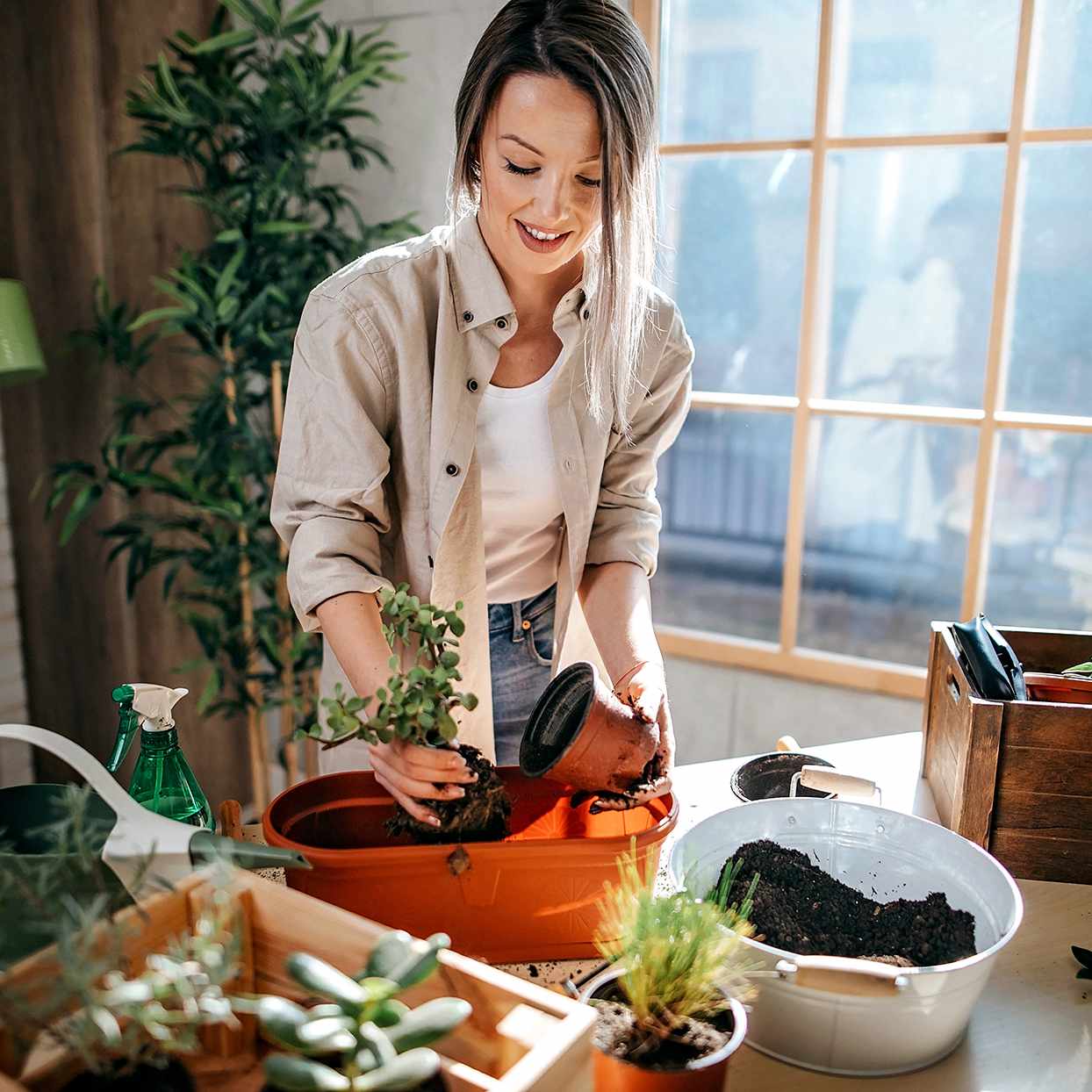
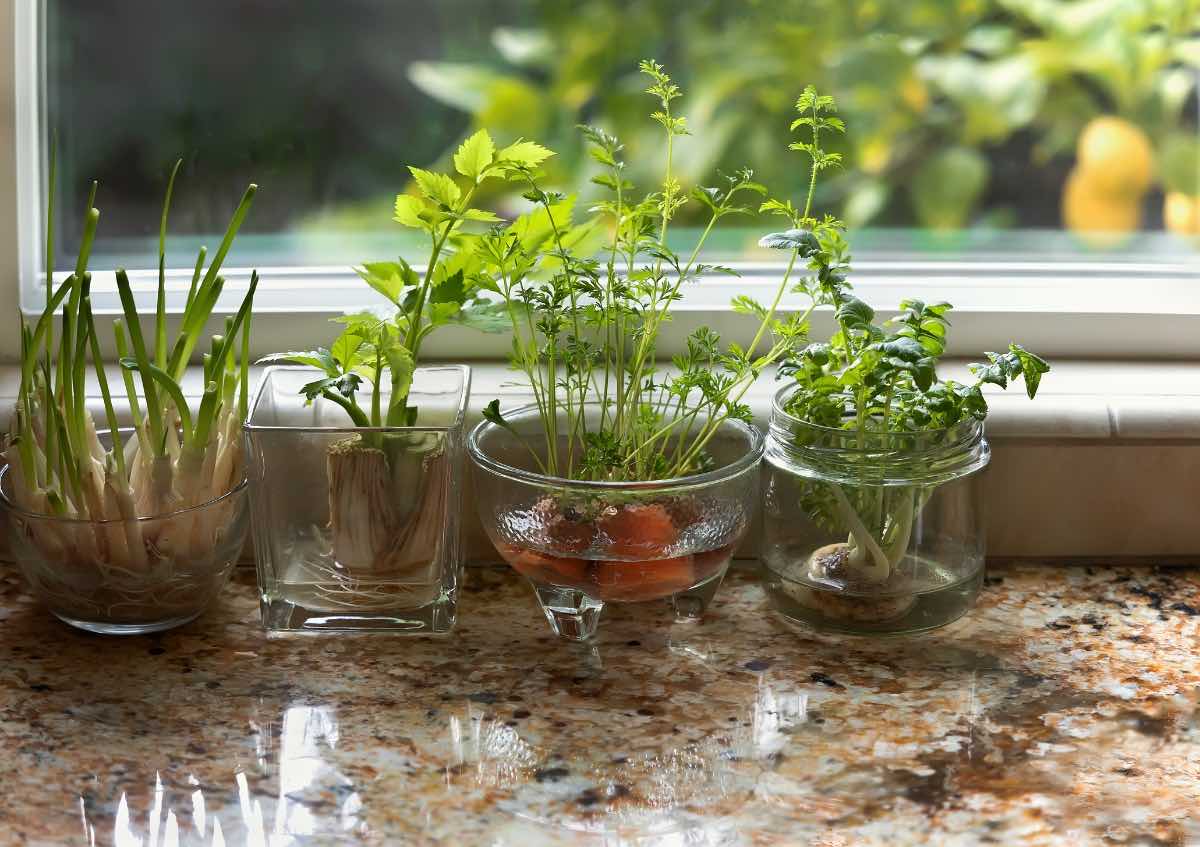
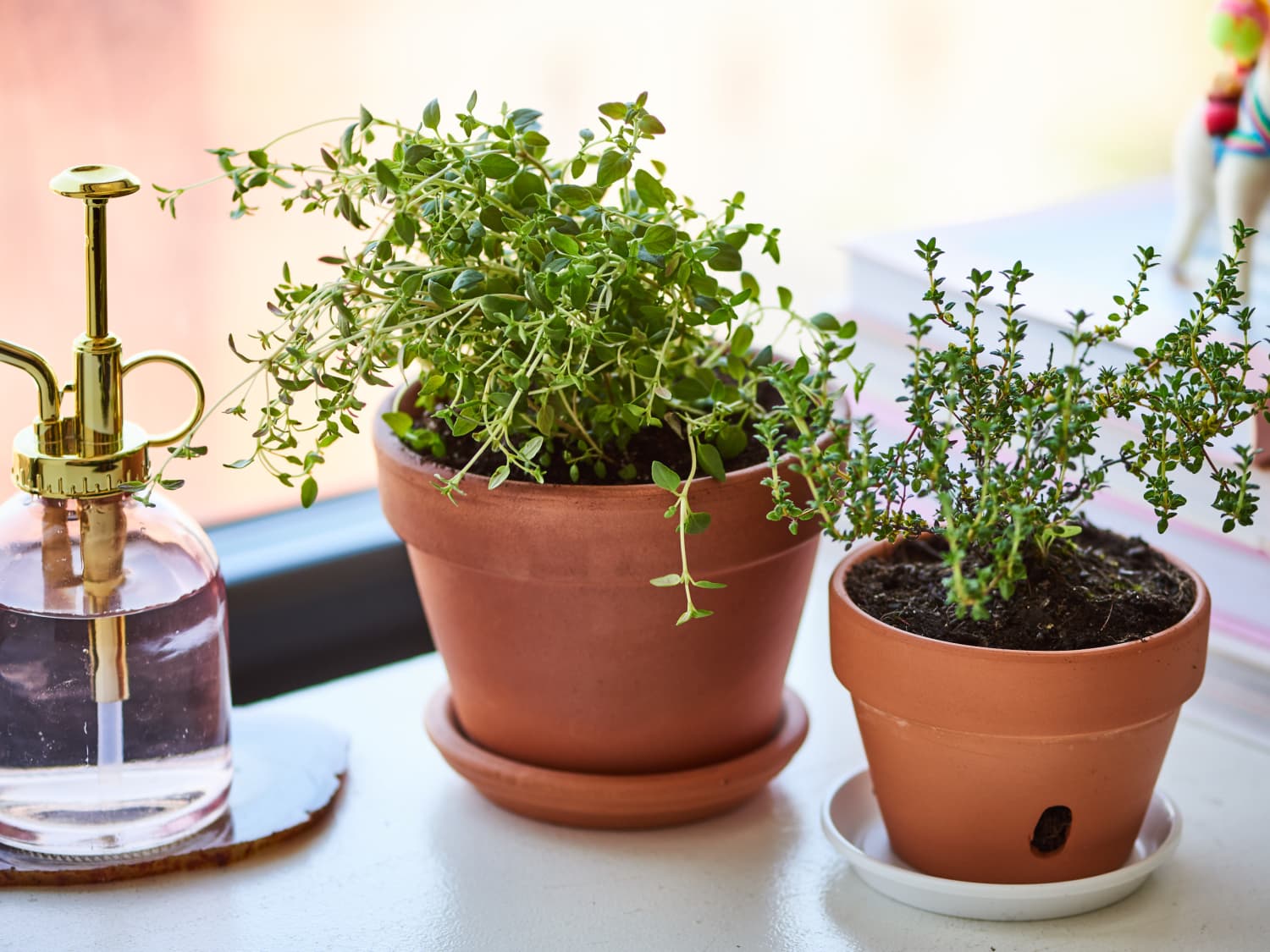
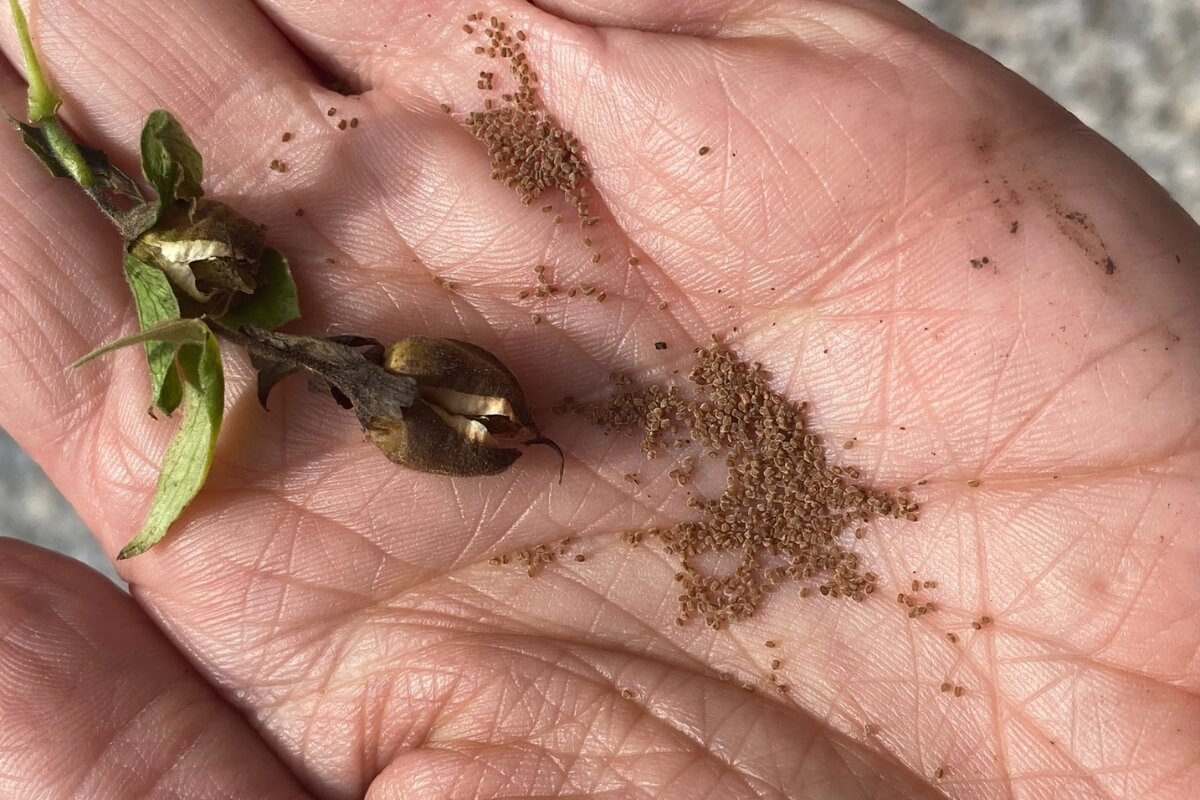
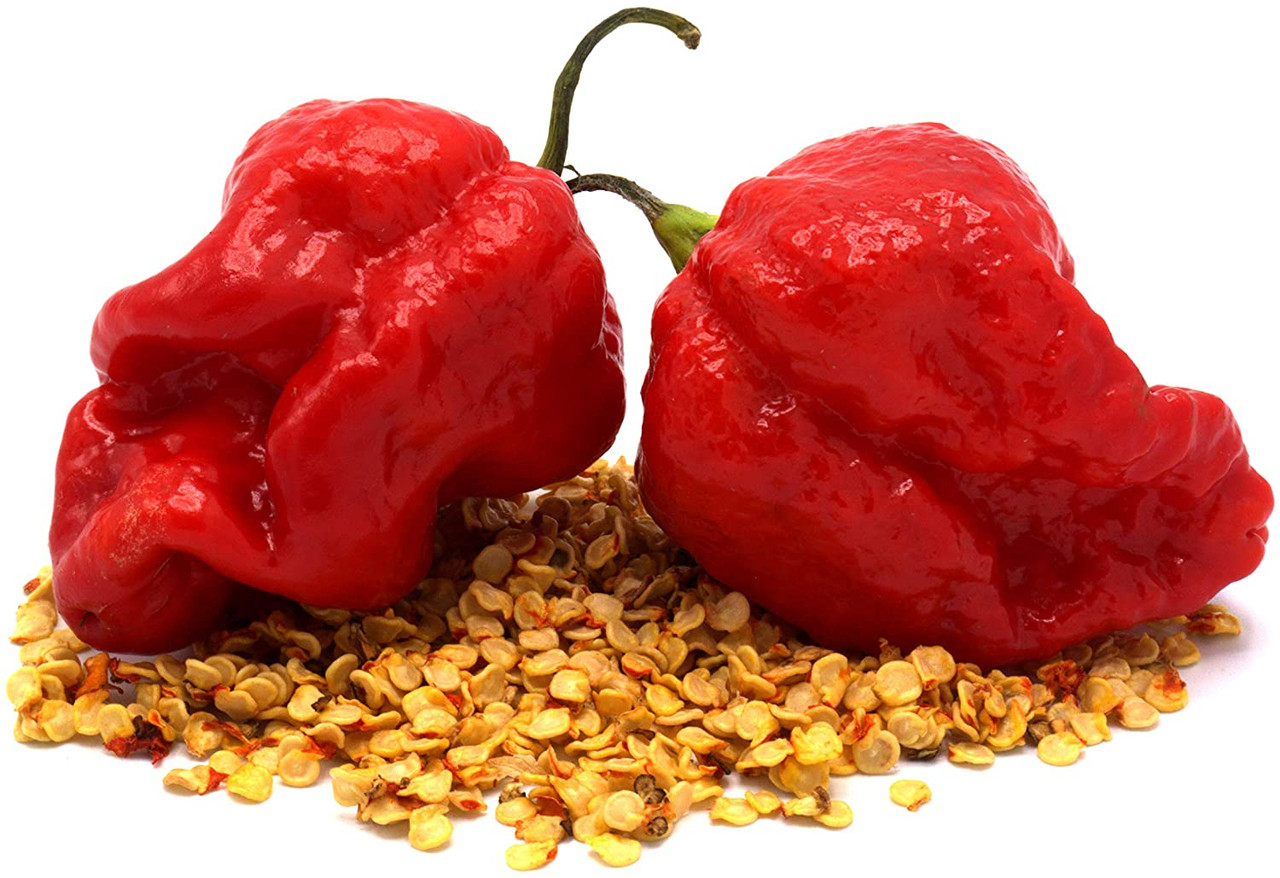
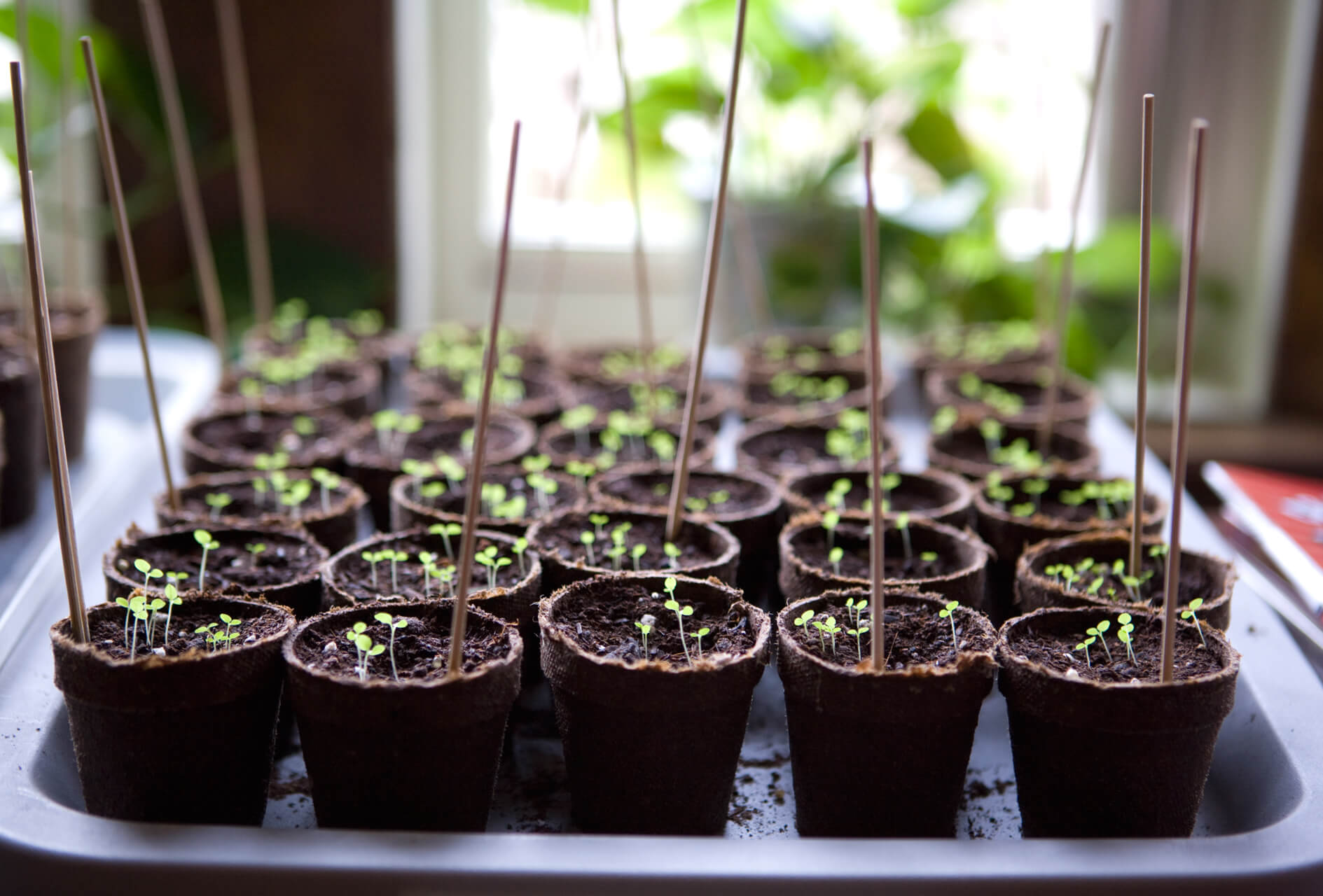
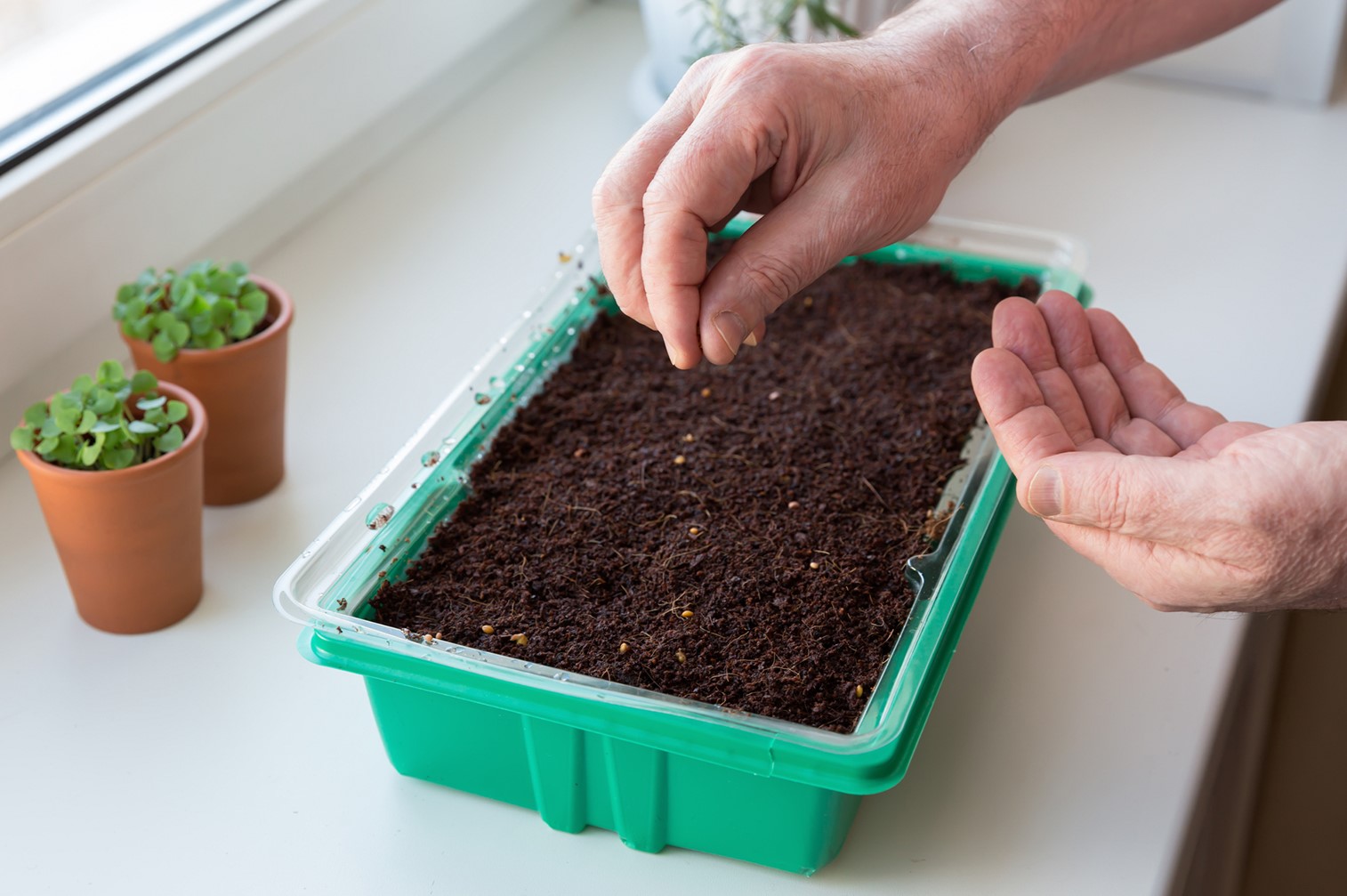
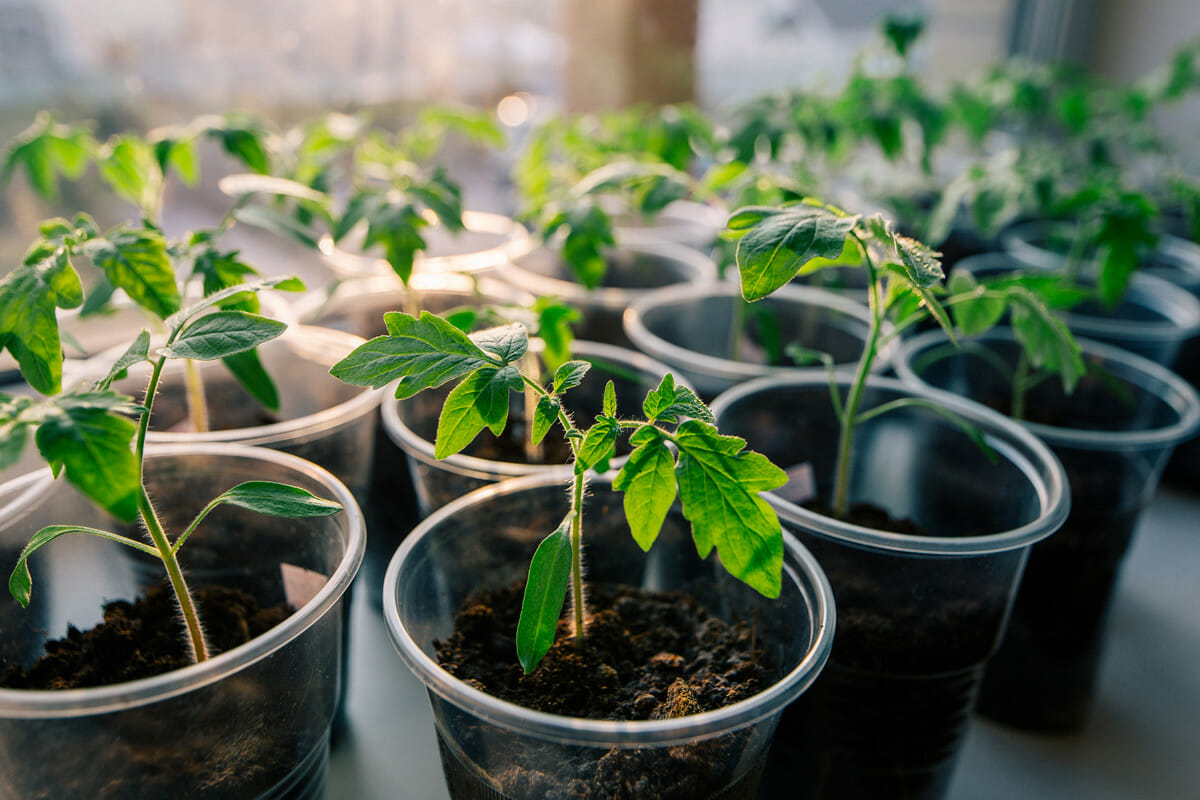
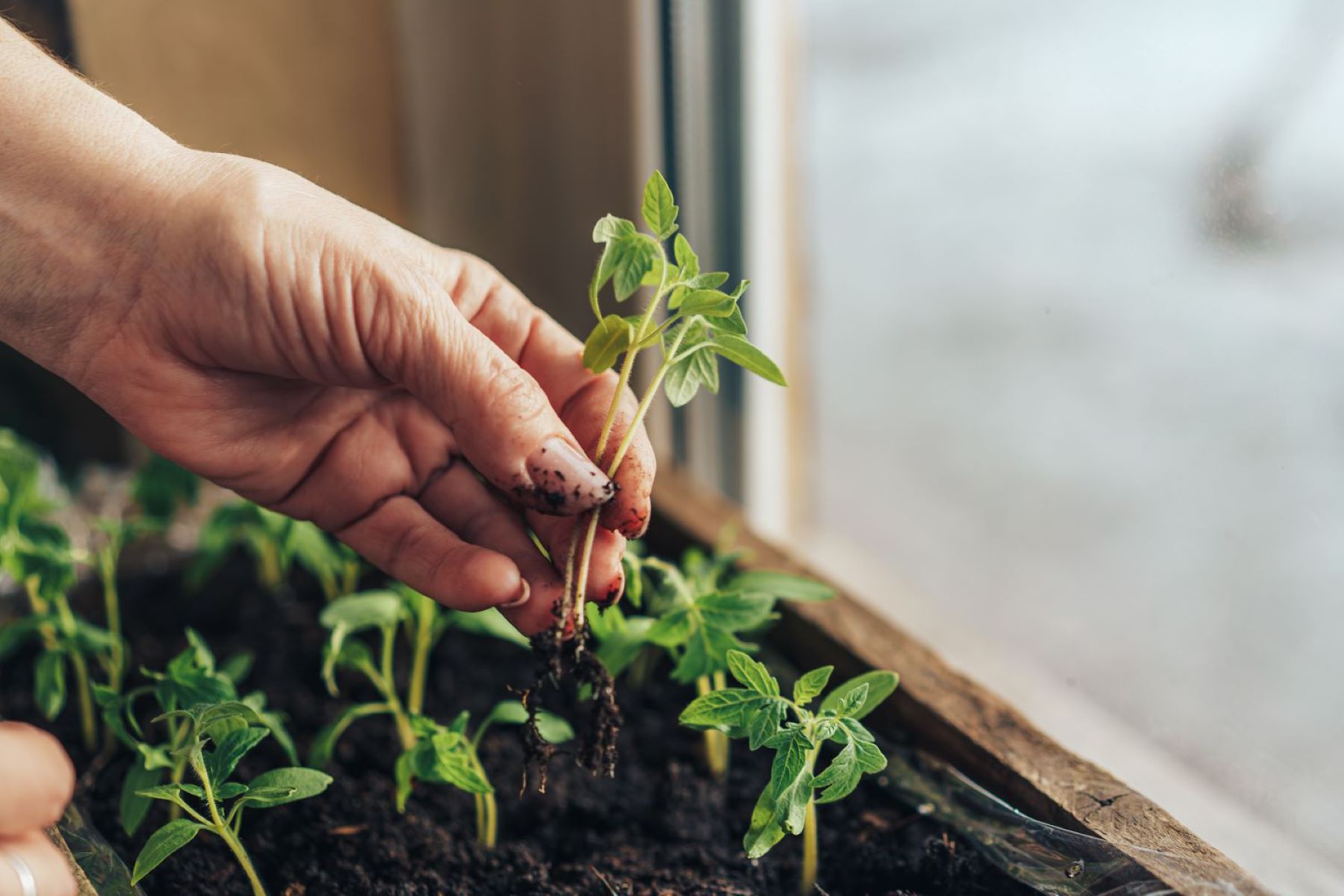
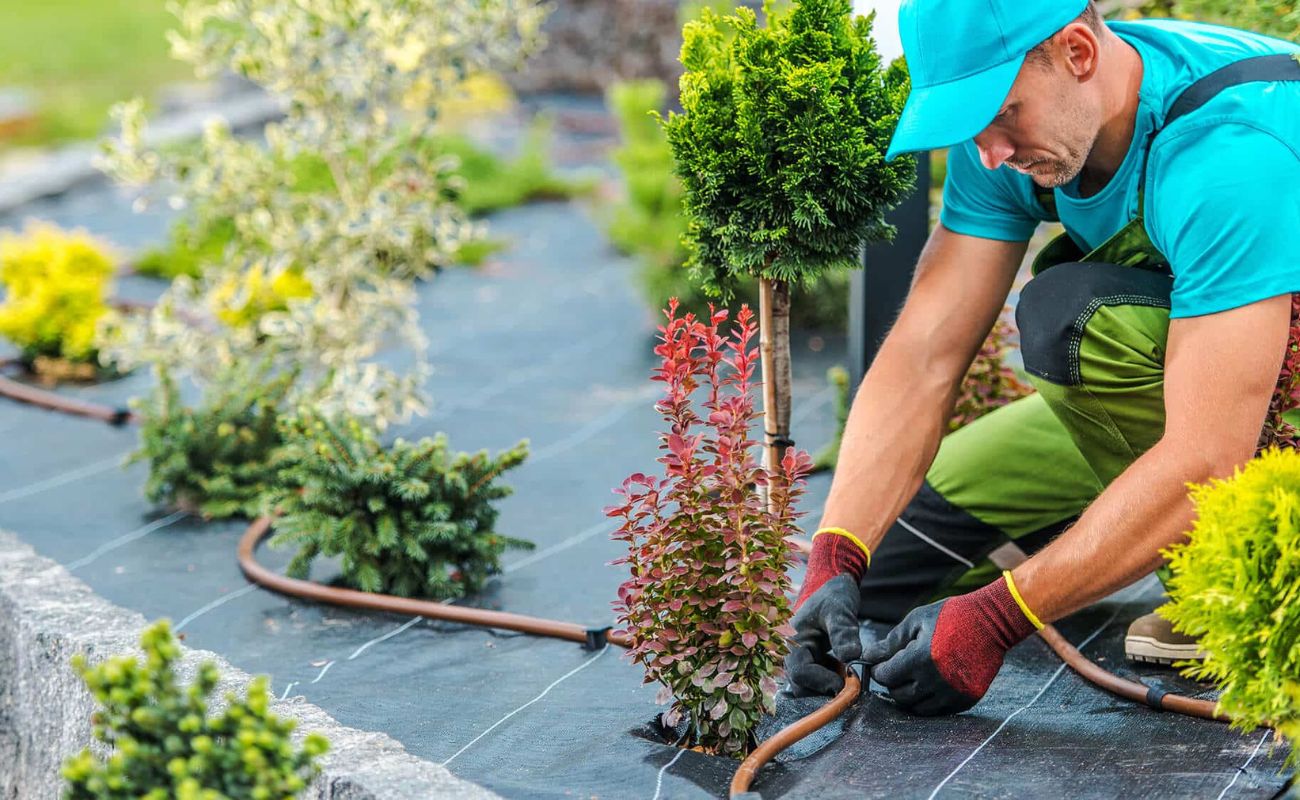
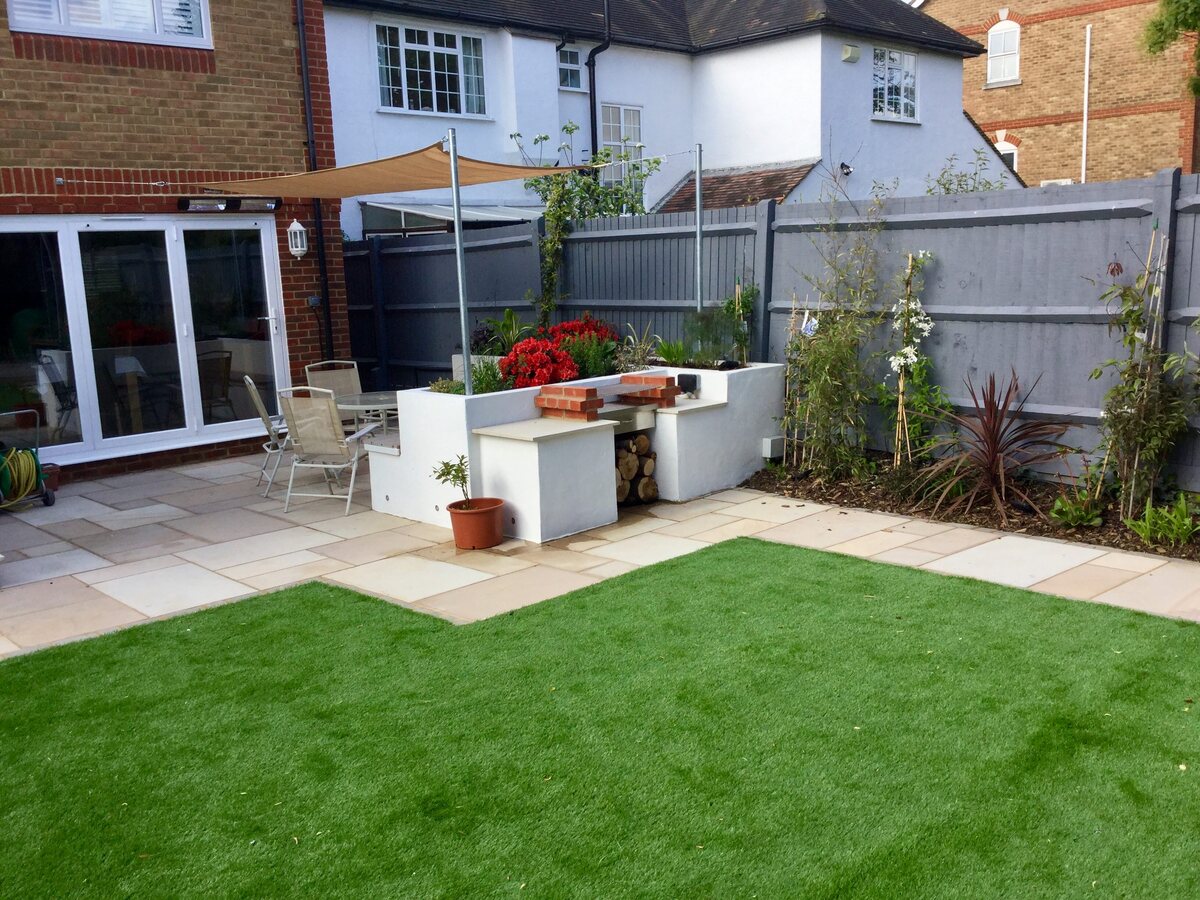
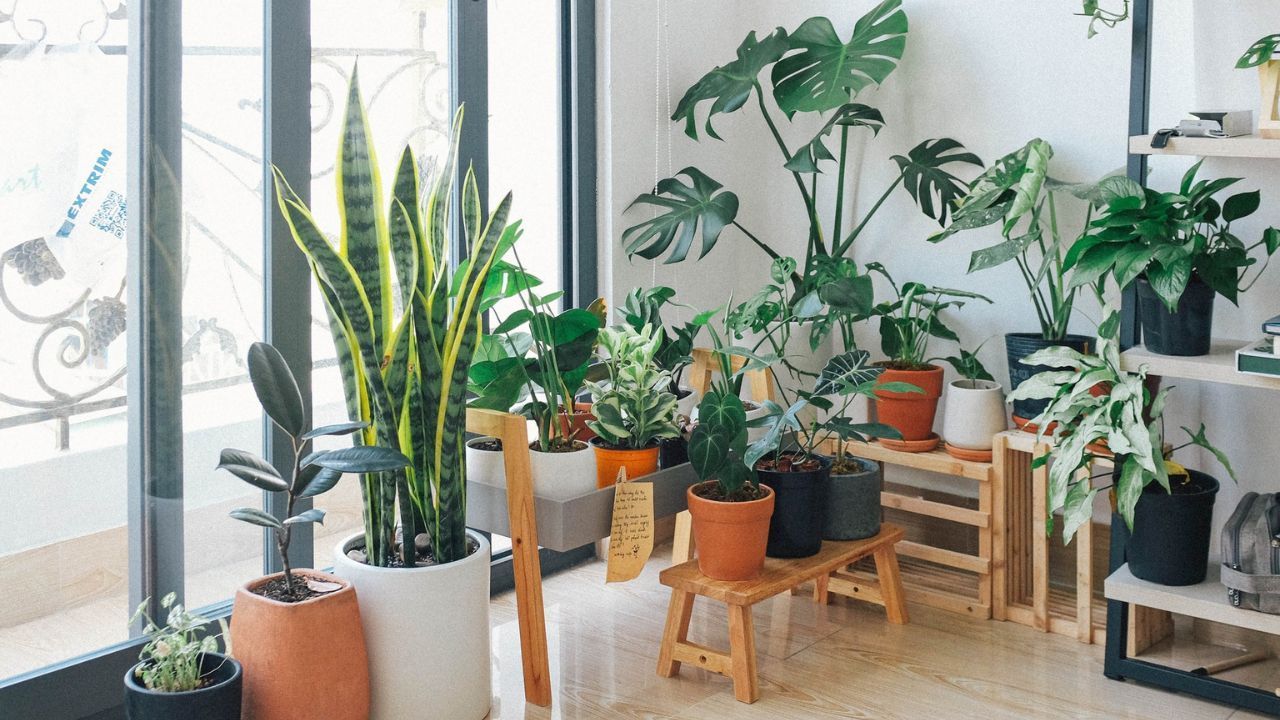
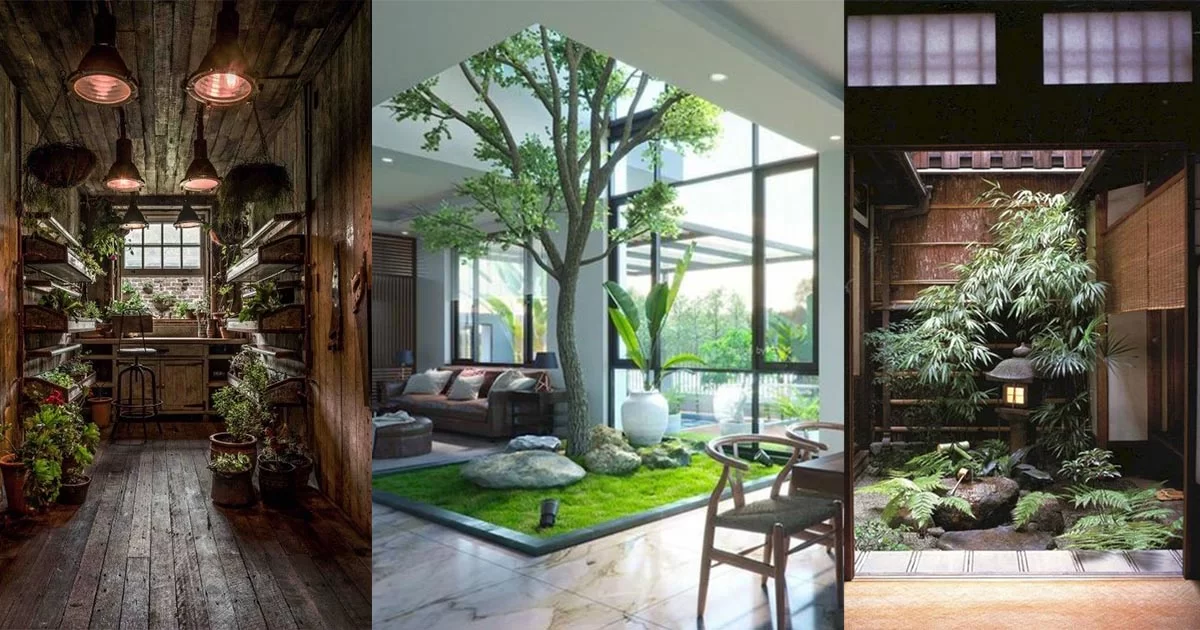

0 thoughts on “When To Start An Indoor Garden”